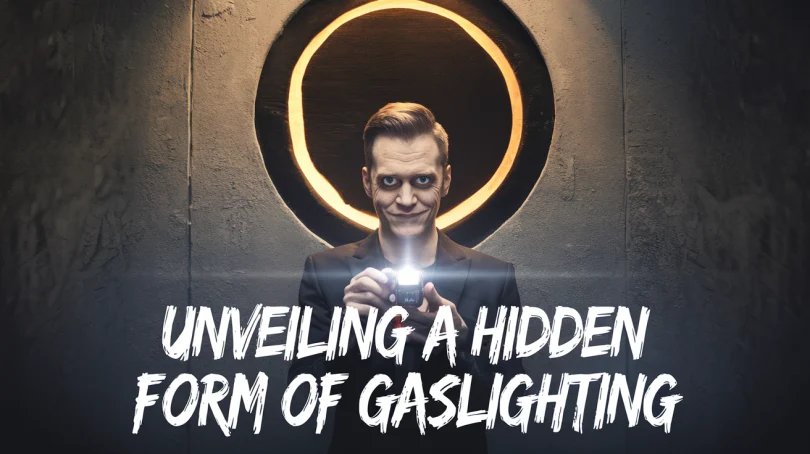Gaslighting is usually understood as an explicit set of behaviors that directly undermines someone’s reality, subduing their feelings and leading them to view themselves as incorrect, mad,d or excessively emotional. This form of psychology is marked by event denial, circumstantial alteration, and abusive language tailored to mislead the voice of authority. While Westrum’s active forms of gaslighting are unarguably harmful, there is no doubt that lesser-known forms are just as damaging as silence is deeply undermining: gaslighting by silence.
The Lethal Silence: Gaslighting Through Inaction
Silent gaslighting occurs when nothing is said or done in response to a person’s trauma or distress, effectively negating their experience. This form is particularly potent because it lacks tangible evidence of verbal or physical manipulation, leaving victims questioning their perceptions without a clear culprit to confront. The absence of acknowledgment whether from denial, indifference, or dismissal creates a void that amplifies the harm, making it one of the most insidious types of emotional abuse.
Childhood Trauma and the Silence That Follows
This phenomenon can be deeply analyzed with the example of trauma on children. Picture a child who experiences some sort of trauma and gathers an immense amount of courage to open up, just to be received with “That couldn’t have happened,” “You’re exaggerating,” or even worse “Don’t say such things.” Even worse, after this initial rejection, the problem is ignored, and there is no protection and no more talk.
A state of fear, suspicion, pain, and trauma envelops the child, while the adults remain completely apathetic. This reveals an egregious form of silence that, in turn, creates a rich rift of betrayal, covering, and vividly ignoring the truths known by the child.
Continue reading on the next page
Sharing Is Caring!






